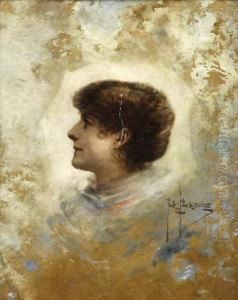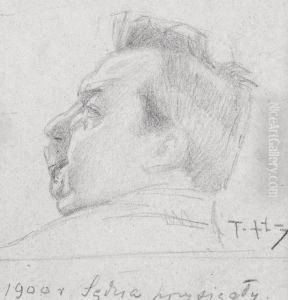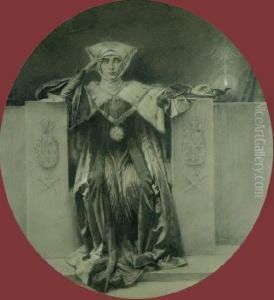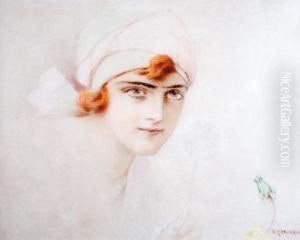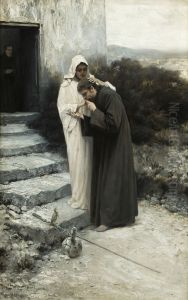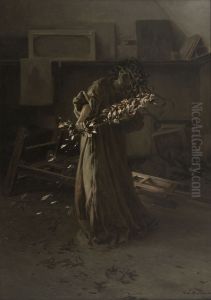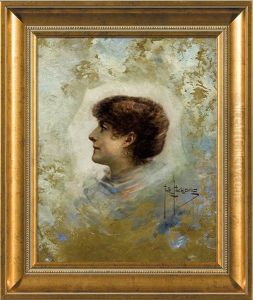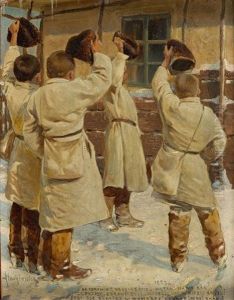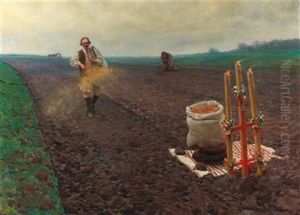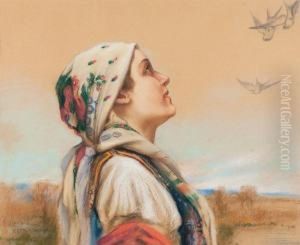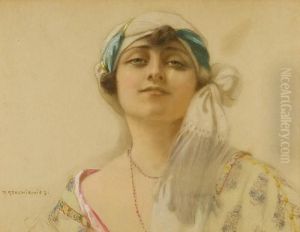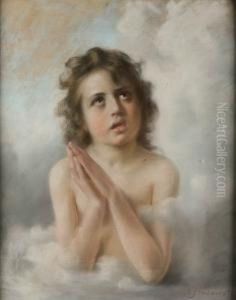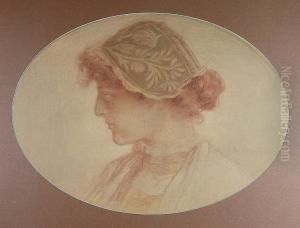Piotr Stachiewicz Paintings
Piotr Stachiewicz was a Polish painter and illustrator, known for his contributions to the Polish artistic scene in the late 19th and early 20th centuries. Born on July 7, 1858, in Vilnius, which was then part of the Russian Empire and is now the capital of Lithuania, Stachiewicz developed an interest in the arts from a young age.
Stachiewicz received his formal education at the School of Fine Arts in Warsaw and later continued his studies at the St. Petersburg Academy of Arts, where he honed his skills in painting and drawing. His style was greatly influenced by the Academic art of the period, which emphasized classical techniques and subjects. After completing his education, he traveled to Italy and France, where he was exposed to new artistic movements and styles, which further enriched his artistic vocabulary.
Upon his return to Poland, Stachiewicz became an active member of the art community. He was a versatile artist, working in various genres including portraits, historical scenes, and genre paintings. He also illustrated numerous books, which made his work widely accessible and popular with the broader public. Stachiewicz's illustrations often appeared in magazines and periodicals of the time, contributing to the spread of visual culture in Poland.
In addition to his painting and illustration work, Stachiewicz was a respected art educator. He taught at the School of Fine Arts in Kraków, where he influenced a generation of young Polish artists. His teaching philosophy was rooted in the belief that a strong foundation in traditional techniques was essential for artistic growth.
Throughout his career, Stachiewicz exhibited his works in various exhibitions, both in Poland and abroad, earning praise and recognition for his artistic achievements. His paintings can be found in many Polish museums and private collections. He continued to paint and teach until his death on April 21, 1938, in Kraków, Poland.
Piotr Stachiewicz left a lasting legacy through his contributions to Polish art and education. His dedication to the craft and his role in shaping the artistic talents of his students have earned him a respected place in the history of Polish art.
